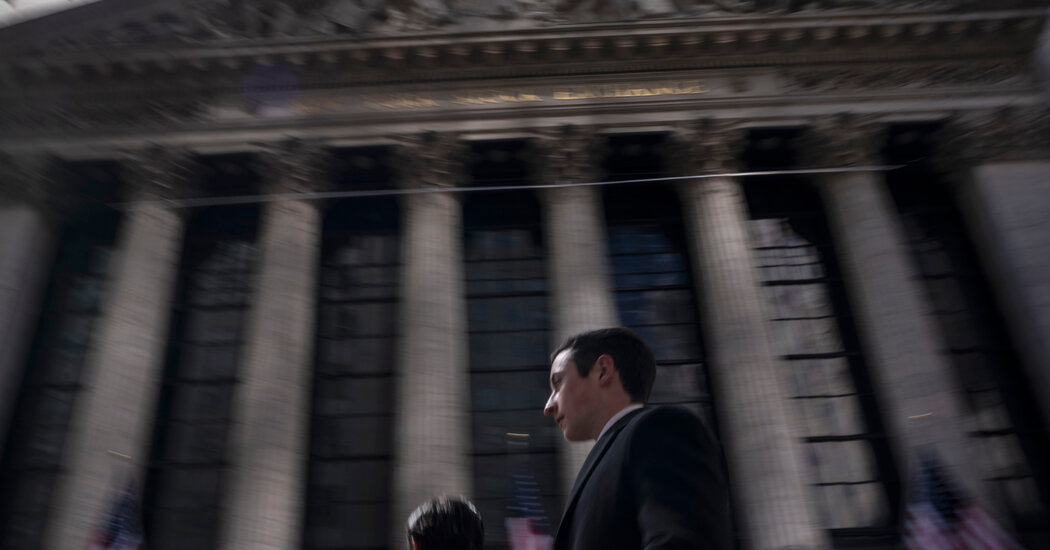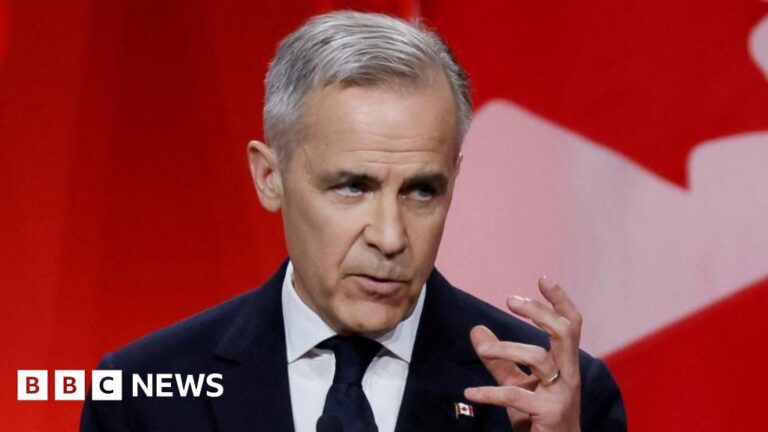The stock market resumed its slide on Thursday as the White House clarified that Chinese imports would face a tariff of 145 percent, prompting renewed investor angst over an escalating trade war with China. The S&P 500 fell 3.5 percent, erasing much of Wednesday’s 9.5 percent rise and showing that fears that tariffs could hamper economic growth were still alive.
Thursday’s drop brought a continuation of chaotic trading conditions and sharp losses that have characterized the stock market since President Trump’s announcement last week of steep tariffs across trading partners. As stocks slid again, wild swings in government bonds caught the attention of policymakers who are watching to ensure that one of the most crucial financial markets in the world continues to function smoothly.
Investors welcomed a 90-day reprieve on higher tariffs, and the market soared within minutes of the announcement on Wednesday. The pause applied to all countries except China, which investors had thought would face a 125 percent import tax.
But stocks began to drop on Thursday morning as analysts noted that even with the tariff pause, countries still faced a new blanket 10 percent tariff, already much higher than before. Tariffs recently imposed on cars and auto parts, steel and aluminum would remain in place. Then the White House clarified the new 125 percent tariff on Chinese imports was on top of earlier 20 percent tariffs, taking the number to 145 percent.
Fears that tariffs could hamper economic growth were still alive, with many companies relying on imports from China. The clothing retailer Nike fell over 8 percent Thursday. Economists warned that the remaining tariffs on China would still have enormous repercussions for the American economy.
The S&P 500 is approaching a bear market, defined as a drop of more than 20 percent from its recent peak. The index has fallen 14.3 percent since its mid-February high. The tech-heavy Nasdaq Composite index and the Russell 2000 index of smaller companies have already dropped into a bear market.
Government bonds held steady on Thursday. The benchmark 10-year Treasury yield has risen from less than 4 percent on Friday to roughly 4.4 percent on Thursday.
Source link




